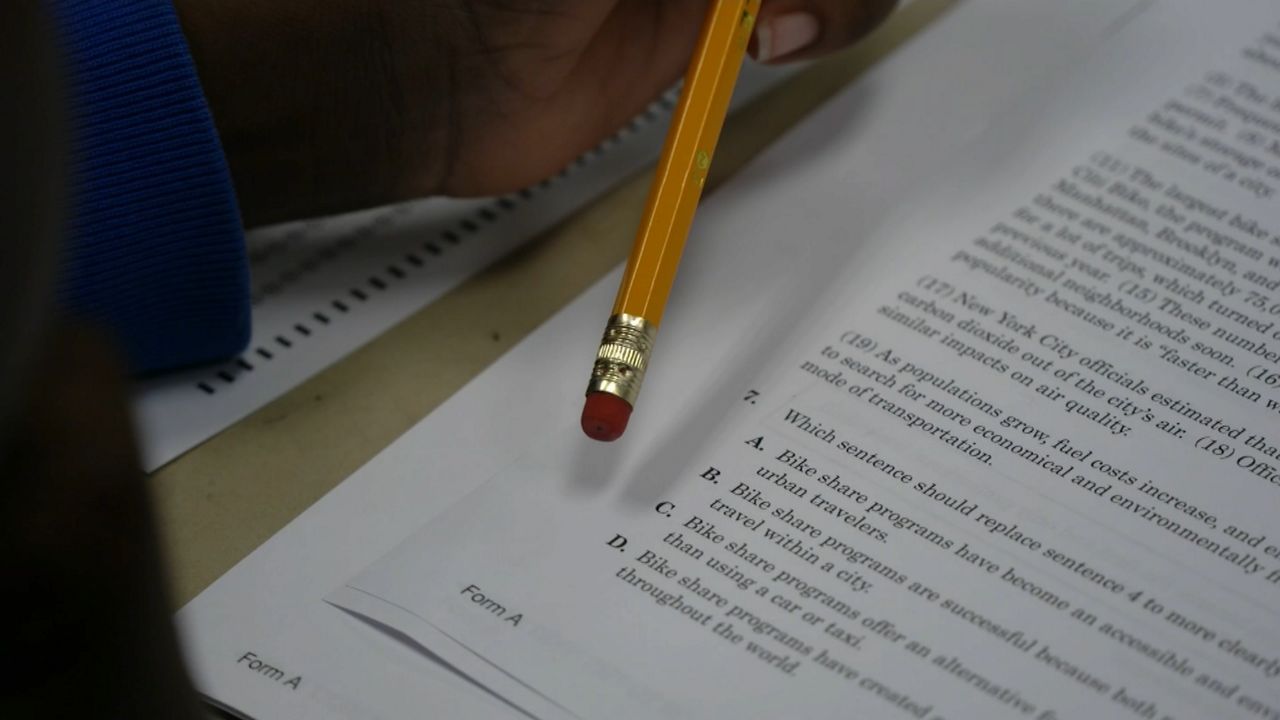Every year, a similar drama unfolds: The governor proposes more spending for education, advocates say it isn't enough, lawmakers want tweaks that are meant to benefit their schools back home.
This year, Gov. Andrew Cuomo wants to upend the process of how state government funds schools. He's calling for $826 million in extra funding, but that's only part of it.
"The Executive Budget ensures the schools that need it most get the largest funding increase by raising school aid by $826 million to a record high $28.5 billion while reworking the Foundation Aid formula to direct 85% of the funding increase in that category to high-need districts," said Freeman Klopott, a spokesman for the state Division of Budget.
The issue of funding schools and how to do so was discussed at length during the day-long education budget committee hearing on Tuesday next door to the state Capitol.
Some lawmakers are looking at the educaiton proposal overall as a mixed bag.
Sen. Rachel May, a Democrat from Syracuse, pointed to the budget funding science and technology programs in schools. And as far as the city's district itself fared in the proposal, May said it fared well.
"Syracuse within the ecosystem of different school systems, Syracuse did fairly well this year in terms of the funding that they need for just maintaining," she said.
But she qualified that with this: Schools still need their "fair" funding -- which has become parlance at the Capitol to say a lot more than what has been proposed.
And then there's Rochester.
"Districts like Rochester that have already laid off over a 100 positions in the middle of the school year won't be able to recover from that and may need to do more layoffs," said Jasmine Gripper, the executive director of the Alliance for Quality Education, a public schools advocacy group that has been at odds with Cuomo over the issue.
Education advocates want a tax hike on the rich to boost school spending in the process. The collision with Cuomo comes when he says the added funding won't necessarily mean better results.
Some school districts, like Buffalo, are potential winners, said Assemblyman Sean Ryan. But smaller districts may not see as much.
"It's worse for the medium wealth and low wealth school districts that aren't in the urban areas. small cities, next to Buffalo, Lackawanna, same demographics as Buffalo, but already any state funding," he said. "There are no high-wealth school districts in all of western New York. "
Schools are funding by two basic sources in most parts of the state: New York state and your property taxes. Making those ends meet -- especially in communities that can't draw on the wealthy of high-value property -- is the perennial challenge.


